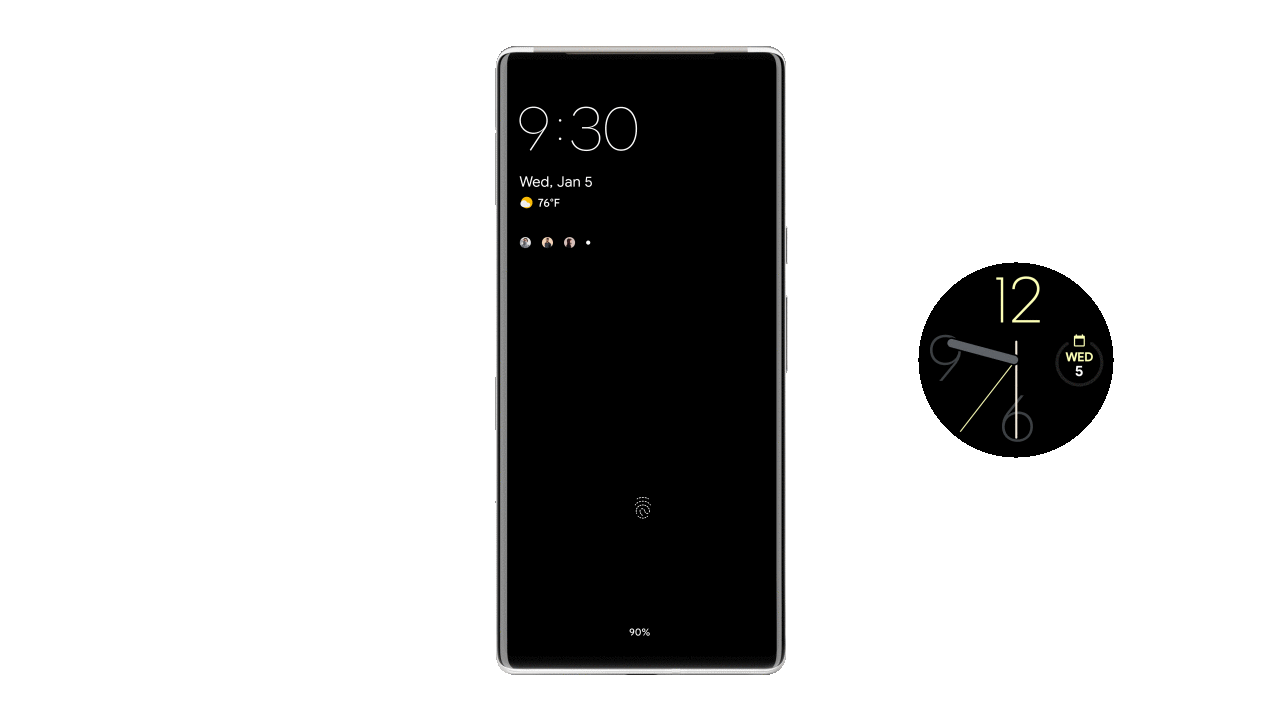Google Plans to Catch Up on One of Apple’s Best Features | More Seamless Multi-Device Integration Is Coming
 Credit: Karlis Dambrans / Shutterstock
Credit: Karlis Dambrans / Shutterstock
Toggle Dark Mode
One of the best things about living in the Apple ecosystem is how smoothly everything works together. From using the Messages app to participate in the same conversations on all of your devices, unlocking your MacBook with your Apple Watch, or copying text on your Mac and pasting it into an app on your iPhone – everything just works so well together that it’s almost magical.
While this is understandable, considering that Apple owns all the pieces, it’s certainly not automatic. Apple has specifically baked in features like Handoff, Universal Clipboard, and other Continuity features, and it’s done a pretty good job of it too.
In fact, it’s fair to say that Apple is far ahead of the curve on this one, as its biggest mobile competitor is only now starting to see the value in doing this for its own devices.
This week at CES 2022, Google announced that its biggest plans for 2022 will be making all of its Android-powered devices and accessories work better together. While the company announced a few interesting ideas here, most of them are going to sound pretty familiar to Apple fans.
Fast Pair
Google announced a new Fast Pair feature last year to help folks pair up their Google Pixel Buds and other supported wireless earbuds quickly and easily, but that’s a feature that Apple’s AirPods have had since they were introduced in 2016. In fact, it was one of Apple’s marquee features, since Bluetooth pairing was (and still is) a cumbersome process.
This year, Google plans to expand its Fast Pair feature to support other devices, like Chromebooks, and Google TV, and other Android TV OS-based devices. Audio will also switch seamlessly between them.
One interesting thing about Google’s Fast Pair expansion, however, is that it’s also extending it to Matter-enabled smart home devices, so Android users will be able to quickly pair those up with their Google Home configuration. That might give it a slight leg up on HomeKit, which still more often than not requires scanning codes with a camera, but we’ll have to wait and see exactly what Google does with this.
Wear OS Unlocking
It’s been possible for a while to unlock a Chromebook with an Android phone, which is actually one of the few things that Apple doesn’t offer between the iPhone and the Mac. Instead, Apple chose to focus on the Apple Watch for this purpose, and Google will be doing the same for paired Wear OS devices.
It’s not clear entirely how this will work, and it may not be quite as automatic as the Apple Watch experience. The animated GIF used to illustrate the feature in Google’s blog post shows a pattern code being entered on the Wear OS device before the corresponding Pixel phone gets unlocked.
Car Key
Google has been a bit late to the game when it comes to offering digital car keys. Apple added this in iOS 13.6, whereas Google only began adopting the feature last year, announcing its availability for the Pixel 6 and Samsung Galaxy S21 in December.
Of course, this is still mostly limited to BMW owners, and considering that BMW was one of the earlier adopters of Apple CarPlay, and didn’t embrace Android Auto until 2020, it’s probably not surprising that it’s taken a bit longer for Google to work things out with the carmaker.
Currently, Google’s car key feature still only works over NFC — meaning you have to tap the phone on your car door to unlock it — but the company has announced that Ultra Wideband support for compatible phones will be coming later this year. Apple added this in iOS 15, but it’s also safe to say there’s been no rush on this one, as very few vehicles on the market actually support it — the 2022 BMW iX is supposed to be the first, but that’s only hitting showrooms now.
Accessing Phone Data from Chromebook
This year, Android smartphone users will also be able to do much more from their Chromebooks, although Google is taking a slightly different approach.
While Apple relies on its iCloud servers to keep things like messages and photos in sync between devices, Google’s Phone Hub will communicate more directly with the user’s Android smartphone.
There’s likely still going to be a cloud element in play here, but it looks like the Chromebook will pull messages and photos directly from the corresponding Android apps on the phone, rather than sharing a common cloud-based repository.
This is basically how Apple’s Messages app works when dealing with SMS text messages since those can only be sent and received from the iPhone, but since iMessages travel through Apple’s servers, they can be delivered and synced to any device. The upside to Google’s approach, however, is that it sounds like it may apply to third-party chat apps as well, not just Google Messages.







